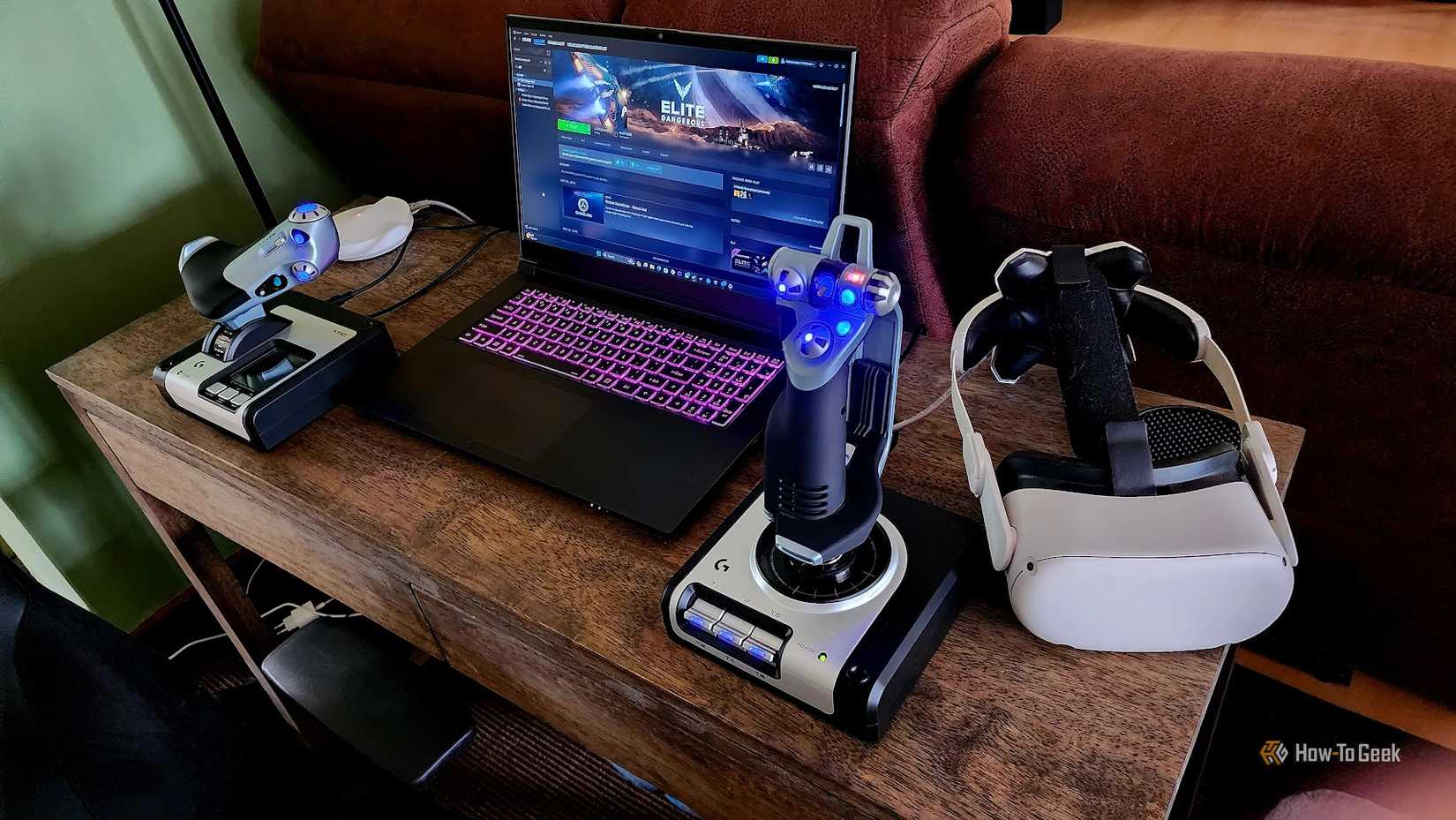The Valve Steam Deck may not have sold Nintendo Switch numbers (it would help if you sold it where I live, Valve), but its impact on PC gaming goes far beyond how many people bought one.
In what was probably the plan all along, the Steam Deck kicked off several new trends in PC gaming that are still reaching their full impact, so let’s look at how the Steam Deck changed the game, and how its impact will be felt going ahead.
The Moment PC Gaming Went Portable
The Steam Deck launched in February 2022, and immediately grabbed the interest of the gaming community as a whole. Not just PC gamers, but console gamers too. Up to this point, the only AAA handheld gaming experience came from Nintendo’s Switch. It’s even possible that the massive success of the Switch was one of the signals that triggered the development of the Steam Deck. Though we’ll never know for sure what exactly happened behind Valve’s notoriously secret doors.
The Steam Deck fused the best parts of console gaming and PC gaming together. The hardware was affordable, because Valve could subsidize it thanks to sales of software on its storefront. The hardware was carefully balanced to provide good performance and battery life, and the software was well-thought-out and offered a laser-focused experience with no bloat or complex configuration.
As the reviews started rolling in, it was clear this wasn’t another failed experiment like the ill-fated Steam Machines of yore. This was a product ready for customers, and if you bought a Steam Deck, a large chunk of the games you already owned were ready to go out of the box.
The State of PC Gaming Before the Deck
Now, handheld PCs were already a thing before the Steam Deck. Companies like GPD made devices in a handheld form factor, sometimes even with video game controls built in. However, these were made using off-the-shelf components, were hideously expensive, and had terrible performance. So no one took much notice in the gaming world.
This meant that mobile PC gaming effectively meant gaming laptops. Now, I love gaming laptops, and they’ve come a very long way, but they are in no way comparable to something like the Nintendo Switch. Firstly, you can forget about gaming using battery power. You basically have to move from outlet to outlet for any sort of high-performance experience. They’re also pretty expensive compared to a desktop with the same performance, which means you really need to justify that portability.
How the Steam Deck Changed Everything
The Steam Deck was a revolution for more than a few reasons, and there’s no single thing that makes it such an important product in PC gaming history. For me, there are a few key factors here:
- It virtually matched the ease and simplicity of a console.
- It removed Windows as a factor, which wasn’t (and still isn’t) ready to be a handheld gaming PC operating system.
- It turned Linux into a viable mainstream gaming OS.
- It combines just the right amount of performance, power consumption, and software optimization to deliver a handheld device that doesn’t feel like an experiment.
- It keeps all the openness of the PC platform. Want Windows? No problem. Want to play non-Steam games? Go for it.
While there were more than a few bugs and issues at launch, Valve quickly iterated, and today SteamOS and the Steam Deck are remarkably polished, and game compatibility grows every day.
The Ripple Effect: A New Hardware Arms Race
The Steam Deck created an entire new product category. Since then, several other companies have jumped in on the action. Notably, ASUS, MSI, and Lenovo all have excellent PC gaming handhelds and no doubt more will be coming.

- Dimensions
-
11.02 x 4.37 x 1.08 inches
- Brand
-
ASUS
- Weight
-
1.49 pounds
- RAM
-
24GB LPDDR5X
The ASUS ROG Ally X (2024) is a handheld gaming PC designed to take your favorite titles on-the-go. With the AMD Z1 Extreme processor and 24GB of RAM, you’ll find that the ROG Ally X packs a punch in the power department. It’s capable of playing games like Call of Duty: Black Ops 6 at over 100 FPS using recommended settings. USB4 and USB-C allow the ROG Ally X to be converted to a desktop through a USB dock, making it even more versatile.
Eventually, Valve extended official support for SteamOS to other brands of handheld PC, and it’s been a big improvement over using Windows on my Lenovo Legion Go. Even Microsoft has thrown its hat in the ring with an Xbox-branded ASUS handheld. Though replacing Windows with Bazzite and (hopefully soon SteamOS) has already proven to be a big improvement.
With a new generation of silicon on the way that will improve both power efficiency and performance, the future of the handheld PC segment seems bright. Gamers are changing their habits to be less tethered to a desk or couch, and PC gaming needs a nudge in that direction. Without the Steam Deck, it’s doubtful we’d be this far along already.




